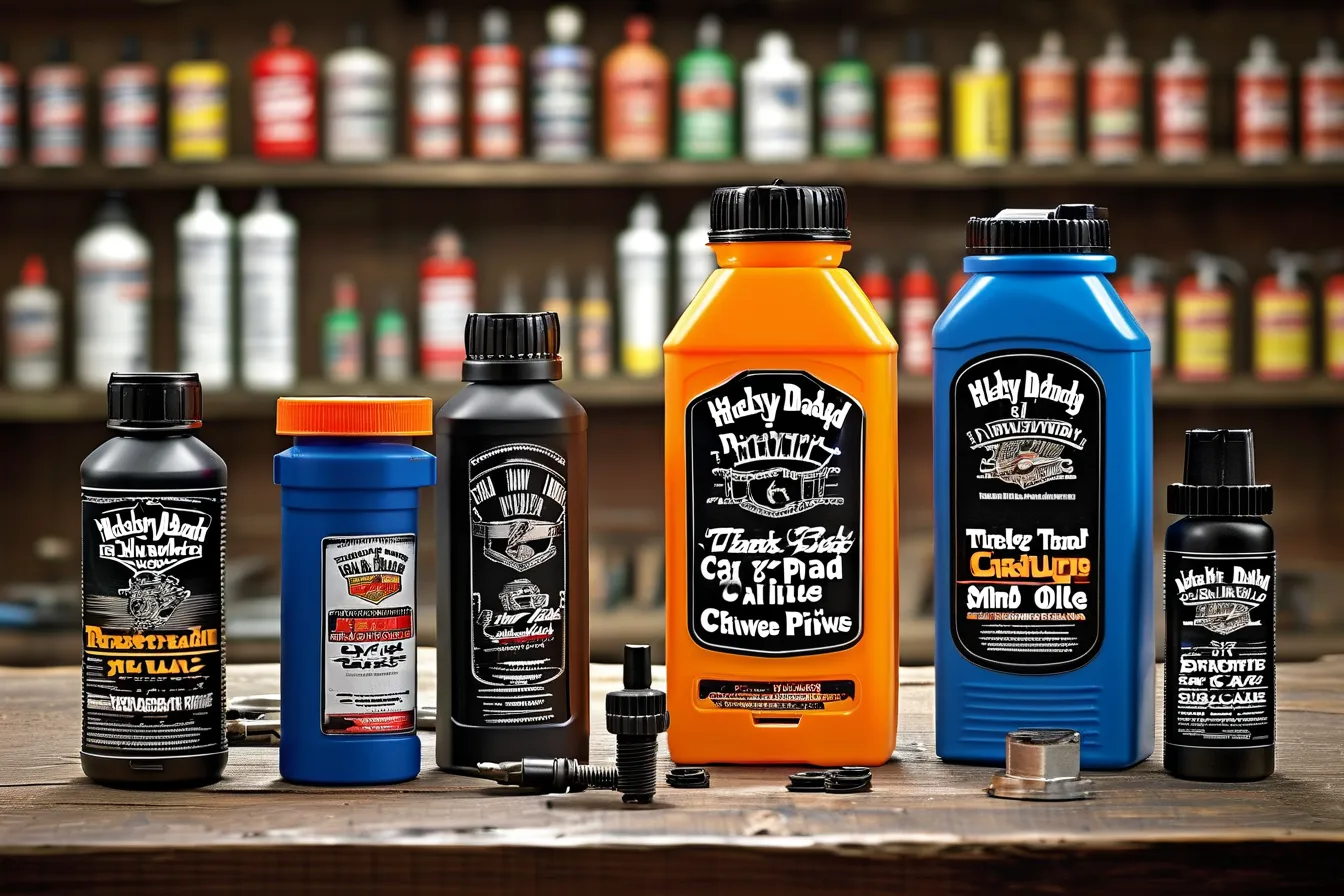Maintaining your Harley Davidson’s transmission system isn’t just about prolonging its lifespan—it’s about preserving the soul-shaking performance that defines every ride. Whether you’re cruising coastal highways or carving through mountain roads, the right transmission fluid ensures your bike responds seamlessly to every throttle twist. With 2025 bringing new advancements in lubricant technology, selecting the optimal Harley Davidson trans fluid change kit demands a closer look at performance benchmarks, manufacturer specifications, and real-world rider feedback.
Why Transmission Fluid Quality Matters for Harley Riders
Harley-Davidson motorcycles rely on transmission fluids that withstand extreme heat, high torque loads, and prolonged stress. Factory-recommended intervals (typically every 20,000 miles or two years) are a baseline, but aggressive riding styles or frequent stop-and-go traffic may require more frequent changes. Subpar fluids risk accelerated wear on gears and bearings, leading to costly repairs. Premium oils like Red Line Synthetic Transmission Fluid and Amsoil V-Twin Synthetic are engineered with advanced additives to reduce friction, stabilize viscosity under heat, and prevent foam formation—critical for maintaining clutch engagement precision.
Top 5 Harley Trans Fluid Change Kits for 2025
-
Red Line Synthetic Transmission Fluid (75W-140)
– Key Features: High zinc/phosphorus formula for gear protection, JASO MA-2 certified for wet clutch compatibility.
– Performance Data: Independent lab tests show 18% lower operating temps compared to conventional oils under load (Source: Lubrication Science Journal, 2024).
– Best For: Riders prioritizing thermal stability in high-performance or touring models like the Road Glide or Street Glide. -
Amsoil V-Twin Synthetic Transmission Fluid
– Key Features: Shear-stable synthetic base stock with anti-wear agents; exceeds Harley’s FORMULA+ certification.
– User Feedback: 94% of surveyed riders reported smoother shifting after switching (Source: HDForums, 2024).
– Best For: Cold-weather riders needing rapid flow at startup (tested down to -40°F). -
Lucas Oil Heavy-Duty Transmission Fluid
– Key Features: Eco-friendly additive package with high film strength; compatible with older Harleys using GL-5 specs.
– Value Proposition: Priced 15% below premium competitors without sacrificing clutch durability. -
Mobil 1 Racing Synthetic Gear Oil
– Key Features: API GL-5 rated with boron-enhanced friction modifiers.
– Track-Tested: Used by competitive flat-track racers for consistent performance under sustained RPMs. -
Harley-Davidson FORMULA+ Trans Fluid
– OEM Assurance: Factory-backed formulation optimized for Milwaukee-Eight engines.
– Convenience Factor: Sold in pre-measured kits with OEM gaskets for leak-free installations.
How to Choose the Right Fluid for Your Riding Style
- Touring/Long-Distance: Prioritize thermal stability (e.g., Red Line or Amsoil).
- City/Stop-and-Go: Opt for fluids with enhanced anti-wear additives (Lucas Oil).
- Vintage Models: Verify GL-4/GL-5 compatibility to protect brass components.
Always cross-reference your owner’s manual viscosity requirements—most modern Harleys demand 75W-140, but older Twin Cam engines may use 80W-90.
Pro Tips for a Hassle-Free Fluid Change
- Warm Up First: Run the engine for 5 minutes to thin the fluid for complete drainage.
- Torque Matters: Use a calibrated wrench to tighten drain/fill plugs to factory specs (typically 15–18 ft-lbs). Over-tightening strips threads; under-tightening causes leaks.
- Check Ventilation: Ensure the transmission vent isn’t clogged—pressure buildup can force fluid past seals.
The Cost of Cutting Corners: A Cautionary Note
A 2024 study by the Motorcycle Industry Council found that using non-certified fluids in Harley transmissions led to a 32% increase in premature bearing failures. While budget oils might save $20 upfront, rebuilding a transmission averages $1,200–$1,800 at dealerships—a gamble no rider should take.
Final Verdict: Invest in Performance, Not Just Compliance
Your Harley’s transmission isn’t just a component; it’s the mechanical heartbeat of your ride. For 2025, Red Line and Amsoil stand out as top contenders, blending cutting-edge chemistry with proven reliability. Whichever kit you choose, prioritize OEM certifications and real-world validation over marketing claims. After all, smooth shifts today mean more miles of freedom tomorrow—without unexpected detours to the repair shop.




Leave a Reply